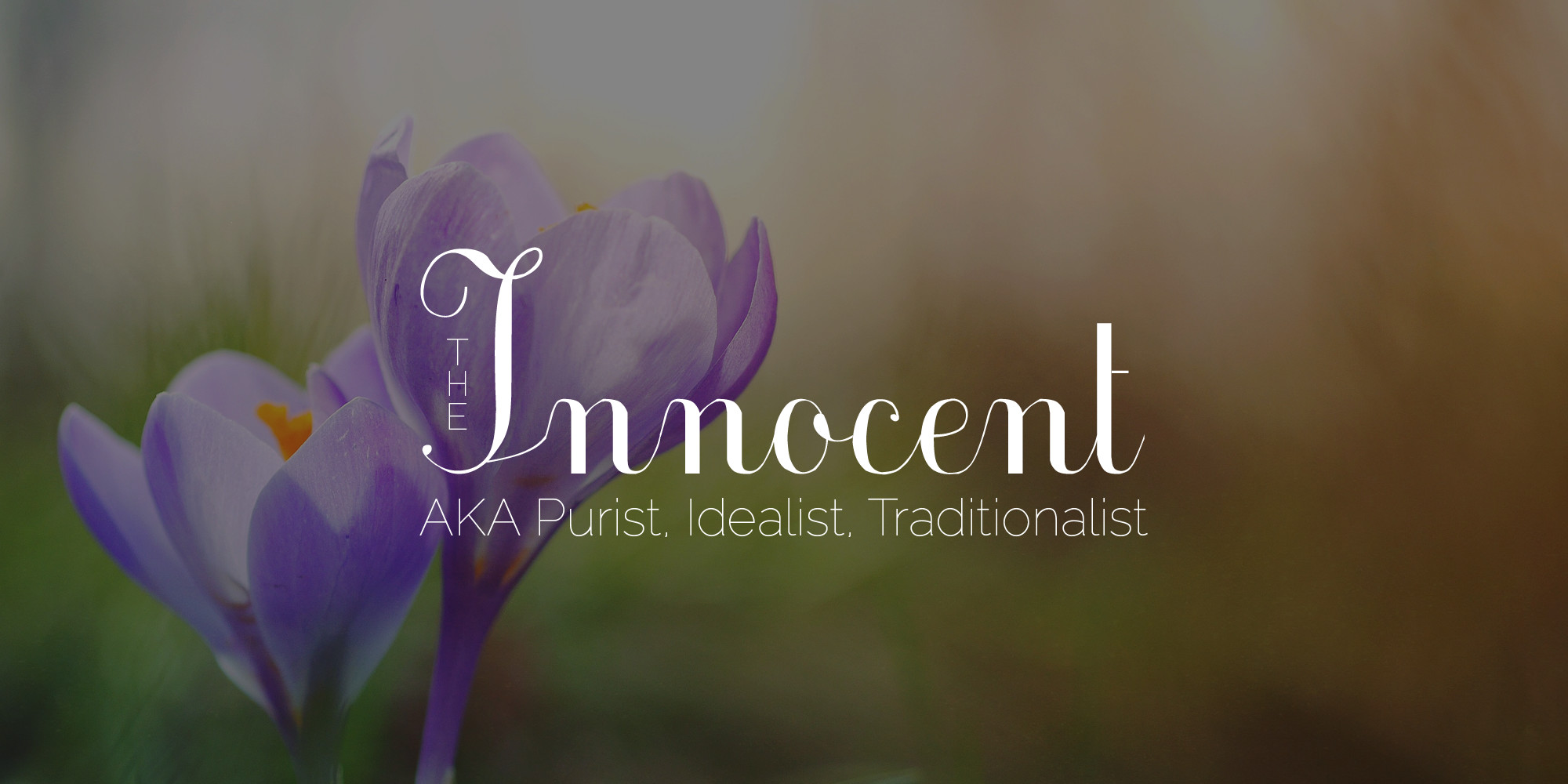Discover the Power of Brand Archetypes: Unlocking the Secret to Effective Branding
The Intriguing World of Brand Archetypes: Understanding the Concept
Ever found yourself fascinated by timeless characters appearing throughout history, art, legends, and popular culture? The profound universal figures that symbolize basic human motivations and emotions are known as archetypes. The human brain, by its nature, organizes ideas by identifying patterns and grouping similar concepts. The common characteristics and symbols in archetypes enable us to comprehend stories, evoke specific emotions, and trigger instinctive responses.
But, what’s the connection between archetypes and branding? You may ask. The connection is simple, yet pivotal.
How Archetypes and Branding Connect: A Fundamental Symbiosis
In our human nature, we feel more comfortable connecting with people rather than mere products or services. Thus, when a brand embodies a key character archetype, people immediately recognize and relate to it. This comprehension lays the foundation for building trust and liking for your brand, which ultimately leads to increased sales.
Fascinatingly, the term “Archetype” stems from the Greek words “arche” and “typos,” meaning “beginning” and “imprint,” respectively. Thus, an archetype can be conceived as an entity that creates a lasting initial impression, a core objective of robust branding.
The Evolution of Brand Archetypes: From Jung to Pearson
The early 20th-century psychiatrist Carl Jung pioneered the study of archetypes. Fast forward to the dawn of the 21st century, and leadership consultant Carol Pearson harnessed Jung’s concepts, applying them to the realms of business and marketing.
Pearson’s book, co-authored with Margaret Mark— “The Hero and the Outlaw: Building Extraordinary Brands Through the Power of Archetypes,” dissects twelve distinct archetypes, each with unique traits, drivers, and values.
This book proved a turning point for me, sparking an ‘ah-ha moment’ several years ago, and since then, I’ve used archetypes as a tool to aid entrepreneurs in launching and scaling influential brands.
Harnessing the Power of Archetypes: The Clarity Code™
Inspired by this belief in the power of archetypes, I developed The Clarity Code™. This method is founded on the conviction that more human-centric businesses achieve greater success. Being transparent about our values and beliefs, showing our authentic personality, and striving to make a tangible difference in people’s lives inevitably leads to conventional success.
You, too, can tap into the power of archetypes. By identifying your brand’s archetype, you establish a robust and enduring framework to shape your brand’s narrative.
Want to know your brand's archetype?
Understanding the Twelve Brand Archetypes: A Detailed Overview
Pearson’s book illuminates twelve unique archetypes, each personifying distinct characteristics that resonate with specific consumer groups. Let’s delve deeper into each one:
- The Innocent: Exuding optimism, purity, and goodness, the Innocent is all about simplicity and honesty. Brands embodying this archetype often promote happiness, safety, and simplicity. An example is Coca-Cola, which often associates its brand with happiness and togetherness.
- The Explorer: This archetype craves freedom, and enjoys discovering new things. Brands like Jeep embody the Explorer, promoting the thrill of outdoor adventures and the spirit of exploration.
- The Sage: Sages are wisdom seekers, driven by knowledge and truth. Google, with its mission to organize the world’s information and make it universally accessible, is a perfect example.
- The Hero: The Hero archetype is determined, brave, and inspirational. Nike, with its “Just Do It” slogan, embodies this heroic spirit, inspiring customers to overcome obstacles.
- The Maverick: Outlaws or rebels challenge the status quo and break the rules. Harley-Davidson captures this rebellious spirit, appealing to consumers’ desire for freedom.
- The Magician: Brands embodying the Magician make dreams come true. They inspire transformation and make the impossible possible, just like Apple.
- The Girl/Guy Next Door: The “Everyman” archetype is all about connecting with others, being part of a community, and the desire to fit in. Budweiser, with its common man appeal, is an excellent example.
- The Lover: This archetype is driven by passion, pleasure, and relationships. Brands like Victoria’s Secret that focus on intimacy, desire, and allure align with the Lover archetype.
- The Entertainer: Jesters live in the moment, enjoying life to the fullest. Ben & Jerry’s, with its fun flavors and whimsical branding, exemplifies this archetype.
- The Caregiver: They are nurturing, protective, and compassionate. Johnson & Johnson, with its focus on caring and providing relief, epitomizes this archetype.
- The Ruler: The Ruler is sophisticated, authoritative, and seeks control. Brands like Mercedes-Benz that express luxury, prestige, and supremacy align with the Ruler archetype.
- The Creator: This archetype is imaginative, innovative, and seeks to build meaningful and enduring things. LEGO, encouraging imagination and creativity, is a perfect example.
Implementing Brand Archetypes: A Step-by-Step Guide
Implementing archetypes into your branding strategy is not an overnight task, but a continuous process. Here are the steps to make it effective:
- Discover Your Brand Archetype: Take the Brand Personality Quiz to start identifying your brand archetype. The quiz guides you to uncover your brand’s core personality traits.
- Understand Your Customer: Determine which archetype best resonates with your target customer base. Understand their needs, wants, and motivations to align your brand messaging accordingly.
- Embed Your Archetype into Your Brand Identity: Once you’ve identified your brand’s archetype, infuse it into every facet of your brand— logo, color scheme, font selection, and overall aesthetic.
- Create a Consistent Brand Voice: Your brand voice should reflect your archetype. Whether it’s authoritative, friendly, or rebellious, consistency is key to building a strong brand.
- Incorporate Your Archetype into Marketing Strategies: Tailor your marketing strategies to reflect your brand archetype. From social media content to advertising campaigns, let your archetype shine.
- Monitor and Adjust: Monitor the response to your archetype-based branding. Be ready to adjust elements if they’re not resonating with your audience.
Conclusion: Harnessing the Power of Brand Archetypes
Identifying your brand’s archetype is a powerful tool in your branding arsenal. It offers a roadmap for crafting your brand identity, creating compelling narratives, and connecting with your target audience on a deeper level. Embark on your journey to discover your brand’s unique archetype today and leave an indelible imprint in your customer’s mind.
Ready to discover your brand’s unique archetype? Take the Quiz Now!












